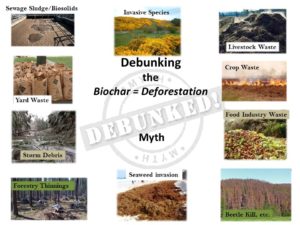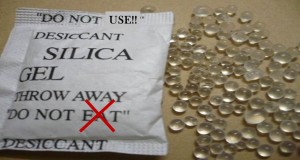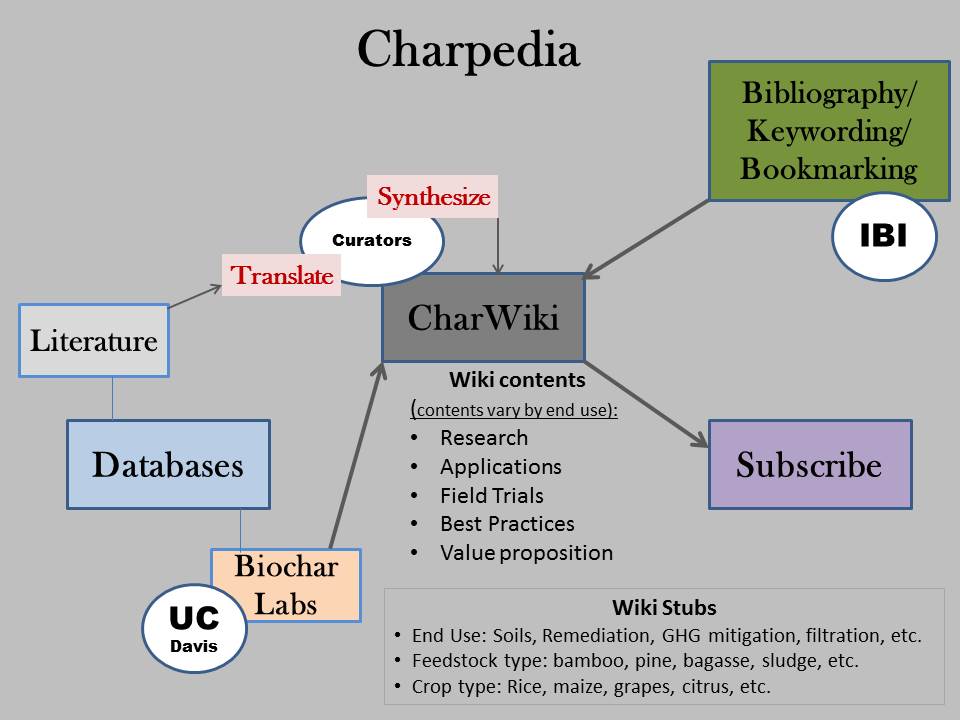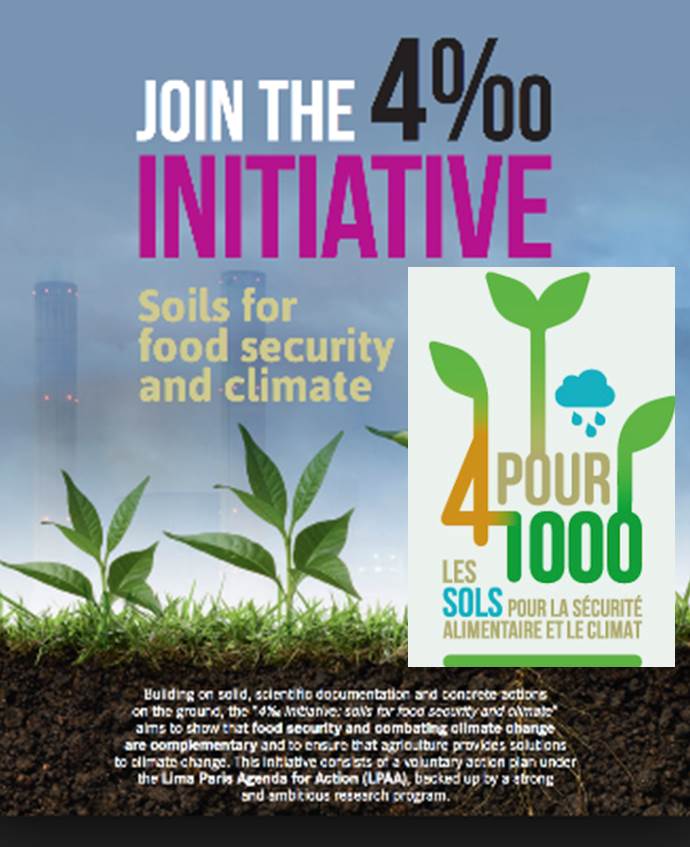The notion that scaling up biochar could lead to deforestation came up again recently in a discussion amongst some very well regarded biochar experts when we were talking about barriers to building the biochar industry. While it is feasible that that could happen in countries that are already experiencing deforestation, it seems patently ridiculous to imply that biochar producers would cut down healthy trees and forests just to make biochar. Not only is the value proposition lacking (as I’ve said before), but there is way too much available biomass that people, communities, and companies pay to get rid of that can be turned into biochar much more economically. Off the top of my head here are the contenders for the top 10 sources of underutilized biomass in the USA:
- Sewage sludge: The US generates something like 7 million dry tons of biosolids, often referred to as sewage sludge in its more raw form, every year. This is the ultimate renewable feedstock as the population seems to only go up. Roughly half of the biosolids are shipped off to landfills where it contributes to GHG emissions costing waste water treatment facilities a pretty penny. Biochar from biosolids research is promising and recent news claims that wastewater treatment facilities are starting to take this concept seriously.
- Livestock waste: With ~90M cows, 200M hogs/pigs, 5.4M sheep and 2B assorted poultry, our domesticated bovine, porcine and poultry brethren create enormous amounts of biomass. Although land application is often beneficial, in many places the nutrients found in livestock waste are causing havoc with water and air quality. Carbonizing manures can mitigate many environmental impacts while retaining valuable nutrients.
- Invasive Species: Like many countries around the world, the US has a growing problem with invasive species. The cost of dealing with them combined with the loss in value of native flora has been estimated at $120B! Honeysuckle, barberry, Norway Maple, Kudzu, Wisteria are just a few species that are cut down, dug up, suffocated or in some cases burned in an attempt to rid regions of these pervasive plants. Training the army of volunteers that are fighting the war on invasives to char them on-site could go a long way towards reducing their spread.
- Beetle Kill etc: Globalization and global warming have both contributed to a growing pest problem which is devastating enormous amounts of standing biomass. Millions of acres of pine, scotch, douglas fir, ash and other tree species have fallen prey to beetles, borers, fungi and other pathogens. Dead trees not only blight urban, suburban and rural landscapes but they represent a severe fire hazard if not removed. Fortunately some companies are already converting dead trees into biochar.
- Yard waste: An estimated 13.5% of what American’s send to the landfill is yard waste which translates to 34M tons of wasted organic matter. Wood waste, presumably from deconstruction and other sources, represents another 6% of what we throw away. Imagine if communities could convert this into biochar. Not only would this reduce methane emissions from the decaying biomass, but transportation and tipping fees would be reduced and communities could use this biochar for their own landscaping needs. The city of Stockholm, Sweden is one of the first in the world to start implementing this very notion!
- Industry waste: Many industries discard enormous amounts of organic waste including food processing, groceries, restaurants, etc. In addition to food waste there is packaging waste (e.g. pallets, cardboard) which could be made into biochar if not recycled in other ways. The waste from just one product, coffee and the enormous industry it has spawned, is staggering. Americans drink nearly 3 billion pounds of coffee per year, and all but the liquid squeezed out of the coffee beans is treated as waste. Rumor has it that some progressive coffee companies are starting to look at that as a potential feedstock for biochar!
- Crop waste – Every year in the US an estimated 1,239,000 hectares of crop residues are burned legally. Residues from corn, cotton, rice, soybeans, sugar cane and more, are torched in an effort to cheaply clean up fields. Many of these residues could be converted into biochar and used to add carbon back to the soil and reduce leaching of nutrients into local water bodies. Technologies such as the Iron Goat, a self-propelled, self-fueled gasifier could be modified do this sort of thing without the need for additional labor and with significantly less air pollution.
- Forestry thinnings – As the increasing number and severity of forest fires depletes firefighting budgets in the Western part of the US, massive amounts of forest thinnings are being culled from forests in an attempt to reduce risk of fires. In Oregon and northern California alone some estimates claim that there is over 12 million green tons of available biomass from thinnings. Much of this could be put to work making biochar.
- Storm debris – The number of winter blizzards has doubled in the past 20 years; hurricanes, thunderstorms and floods are also on the increase. Each of these natural disasters cause enormous amounts of vegetative damage including downed trees, branches, and shrubs which is often chipped and shipped to far-off landfills. Converting storm debris into biochar could not only reduce removal costs, but with the right combination of technology could generate electricity locally which is often is scarce supply and could be used to remediate contaminated soils.
- Seaweed invasion – Over the past few years US & Caribbean beaches have been invaded by Sargassum seaweed. Governments and hotels have spent millions to remove the massive piles that wash up on shores, only for more to reappear days later. One estimate said there was enough Sargassum seaweed to cover the entire state of Maryland! Dewatering and pyrolyzing this massive amount of endlessly renewable biomass could be an efficient way to stabilize fast forming carbon. Some work has been done on this already with promising results. Other aquatic invasives such as milfoil could also be charred and left around lakes they have invaded where it could prevent nutrients from leaching into the water.
There are undoubtedly more sources of unloved biomass than those I’ve outlined above, but this list should surely serve to debunk the myth that a thriving biochar industry would lead to deforestation. To be sure each type of biomass requires different technologies and business models to make them financially viable, but fortunately we are already beginning to see activity in many of these areas.












